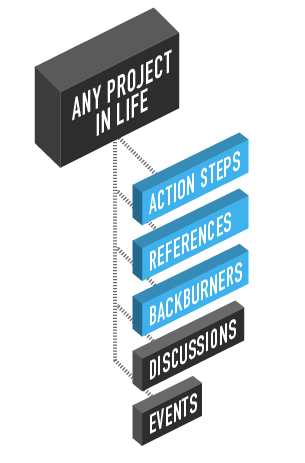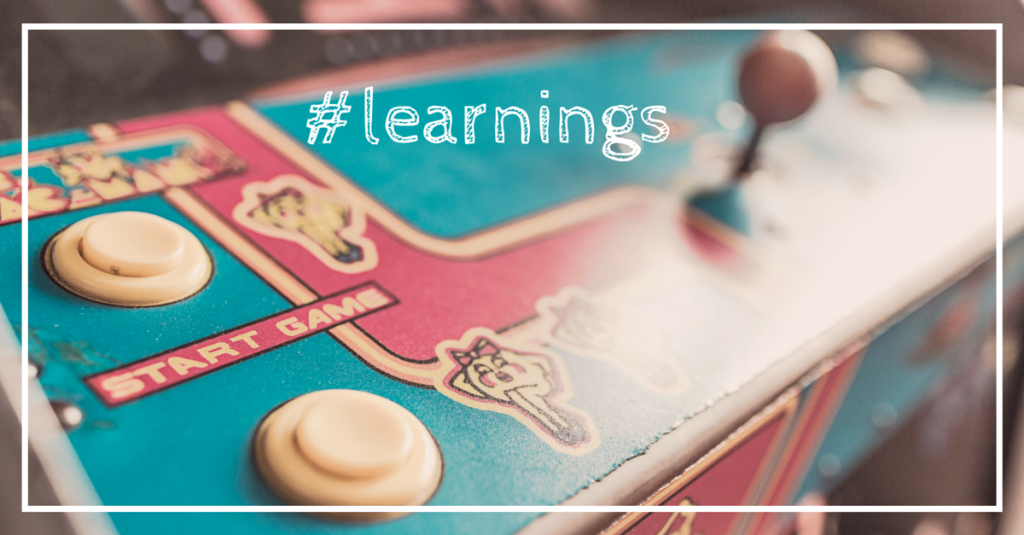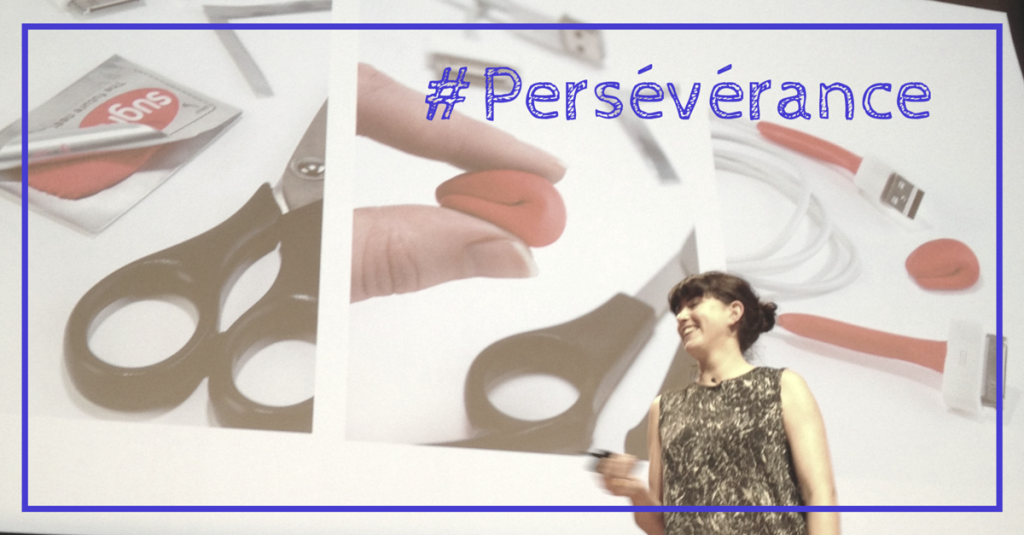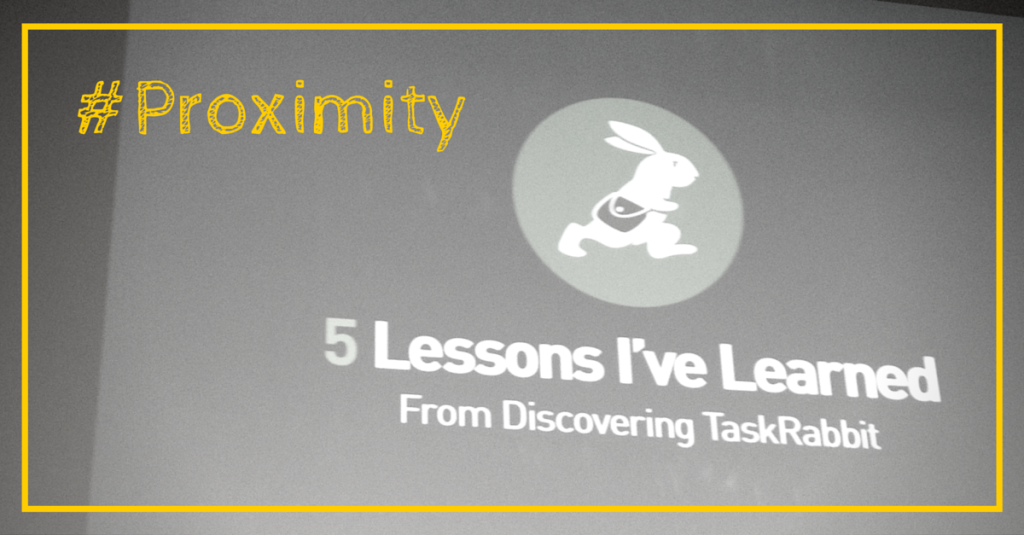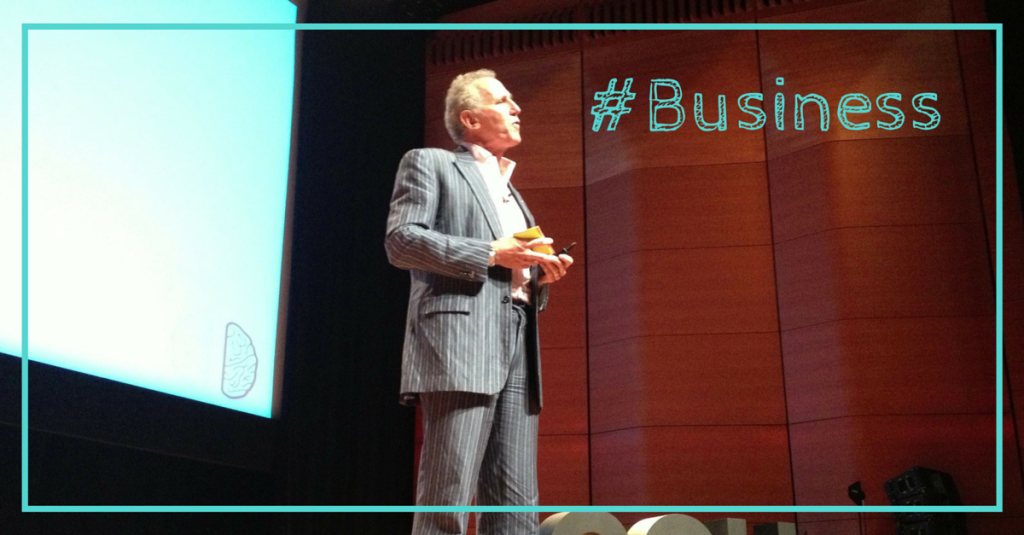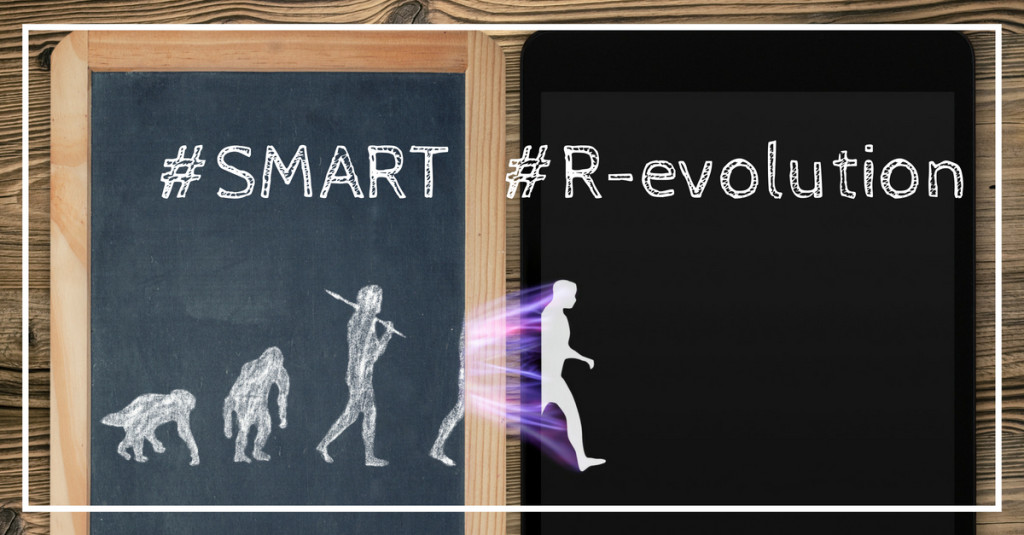Workshop – Making Ideas Happen: Key Insights on Creative Execution by Scott Belsky /// CEO & Founder, Behance
Meeting place: Felissimo Design House on 10 West 56th St (just a few steps away from the 5th Avenue – oh, how convenient).
After a huge, fast and extra busy first day at 99%… we were already attacking the 2nd day dedicated to a series of best-practice workshops covering themes from inspiring action, creative execution, storytelling, improv comedy, mastering self-presentation and even experimental yoga techniques to find your inner creative flow.
Eager to find THE right workshop (since we were ‘allowed’ to attend just one) and get the most out of it, I hesitated between Simon Sinek’s Start With Why, Scott Belsky’s Making Ideas Happen and Charlie Todd’s Lessons from Improv Comedy.
Finally I decided to sign for the morning session with Scott Belsky (CEO & Founder of Behance) called Making Ideas Happen: Key Insights on Creative Execution. I found it most relevant to my everyday work where I constantly face questions as how can I efficiently drive the main idea from its first drafts to the final product.
A group of 25 nintyniners all equipped with their new Behance Dot Grid Journals 🙂 started to gather on the 2nd floor at Felissimo. Scott kindly greeted everyone and we started 11 a.m. sharp with a simple equation written on a white board in the corner:
MIH = (Creativity) + Org + Comm + Lead. Capability
{Making Ideas Happen = (Creativity) + Organisation&Execution + The Forces of Community + Leadership Capability}
Some of us got confused about the fact that the creativity takes such a small place in this formula. But the reality is that if we want to get things done we need to be in the first place well organized, be good leaders and have a courage to share knowledge. Generating hundreds of ideas that will never see the light is nowadays a sad waste of our precious energy!
The workshop turned into an interesting exchange of different everyday office experiences.
Starting with organizational problems we first talked about the famous “Monday morning meetings” and we all agreed that they are mostly inefficient, time consuming and disturbing. As an alternative somebody proposed fast “Standing meetings” since they motivate participants to get straight to the point simply because they hate standing :). So, from now on – no more chairs in the meeting rooms!
The debate quickly shifted to the all time hottest topic: How do we handle the never-ending flow of incoming e-mails, tweets, meetings, phone calls, … that slows down our productivity. Instead of focusing on what is truly important we get trapped into what Scott calls ‘Reactionary work flow’ – the state when you spend most of the time just trying to stay afloat. My group pointed out different solutions as closing all the communicating channels for a certain period of time during the work time and focusing strictly on production. Or simply dealing with e-mails only in evening hours when the flow calms down. Sadly there is no magical solution that could save us from informational overload, but Behance’s Action Method proposes an interesting way to organize your projects. First you should establish a common project language with your colleagues and then separate projects into their most basic elements as written below:
- ACTION STEPS are tasks that need to be completed. Each Action Step should start with a verb: « Call Y, » « Follow up with X, » « Buy a gift for Z. »
- REFERENCES are notes, links, files, sketches – any information related to a project that gives context to your Action Steps.
- BACKBURNERS are the brilliant ideas that you want to come back to later, but are not yet actionable.
- DISCUSSIONS enable you to manage ongoing conversations across all of your projects with anyone that works with you. All relevant communications (shared documents, solutions to problems, feedback, decisions) are in one place.
- EVENTS are the key occasions/meetings/milestones/etc toward which you (and your team) are working. Events can be used to coordinate deadlines for Action Steps, aiding project management.
For more details on the method check www.actionmethod.com. I’m just giving it a try at this very moment. Feedback coming shortly :).
And then we talked about the concept that got my attention – it’s called the art of “nagging” aka “reminding’ or “Darwinian Prioritization” as Scott Belsky names it in his book Making Ideas Happen. (Warning: this approach can be severely dangerous if your team isn’t strong enough to handle the culture of nagging.) The principle is simple: rather than using advance project management systems, you should repeat your requests as often as possible and eventually you’re become annoying enough and people will do things just because they want you to shut up. Ha, this sounds familiar to me :). And even if it seems quite primitive as a organizational tool, we’ve been told that Brooklyn Brothers creative agency uses it on daily basis and it helps them prioritize tasks by natural selection.
And at this point we started to run out of time. We ended the debate knowing that we’re not the only ones struggling with getting things effectively done – much reassuring fact.
Now I’m looking forward to test the Action Method, but something tells me I might get more success by ‘nagging’ hard. Thoughts?



